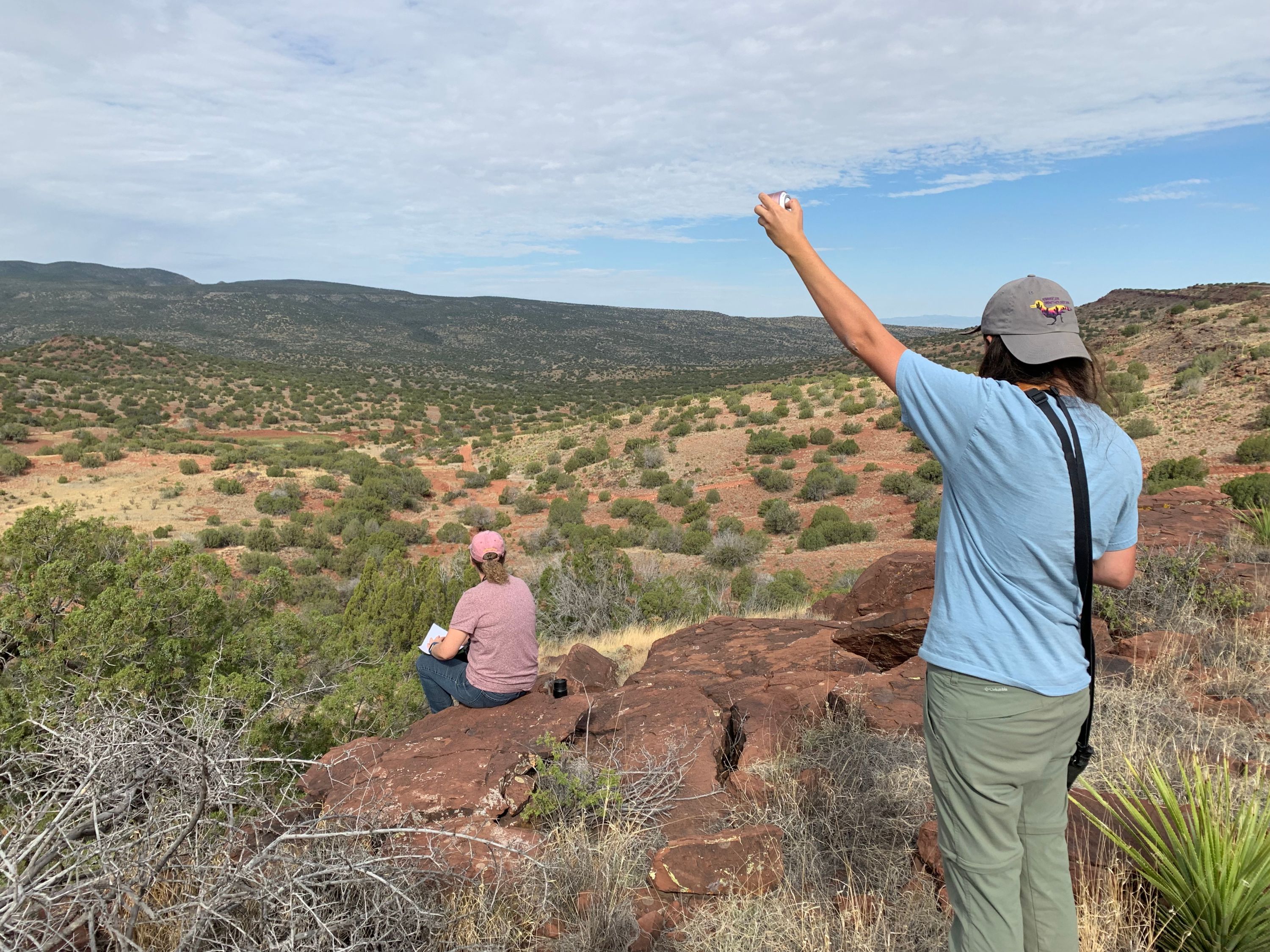
Bird monitoring is a strategic activity that can be used to assess conservation status, ascertain and predict immediate or cumulative effects of habitat change, establish management and conservation priorities, and determine the effects of management so it can be adapted to meet its objectives. On the other hand, if it is ill-conceived, monitoring can waste funds, equipment, and personnel time. The DoD Partners in Flight Monitoring Working Group, like other agencies and organizations, is working to make monitoring more effective. Here is some current information on monitoring activities in the bird conservation community.
U.S. NABCI Monitoring Subcommittee
The Monitoring Subcommittee’s Opportunities for Improving Avian Monitoring report provides a number of recommendations for general consideration by the bird conservation community and a set of specific actions for implementation by the U.S. North American Bird Conservation Initiative (U.S. NABCI) Committee and Monitoring Subcommittee; all recommendations and actions address current challenges to our ability to achieve four monitoring goals:
Fully integrate monitoring into bird management and conservation practices and ensure that monitoring is aligned with management and conservation priorities.
Coordinate monitoring programs among organizations and integrate them across spatial scales to solve conservation or management problems effectively.
Increase the value of monitoring information by improving statistical design.
Maintain bird population monitoring data in modern data management systems. Recognizing legal, institutional, proprietary, and other constraints, provide greater availability of raw data, associated metadata, and summary data for bird monitoring programs.
PIF Research and Monitoring Working Group resources
High Priority Needs for Range-wide Monitoring of North American Landbirds
Companion document to PIF North American Landbird Conservation Plan, indicating the monitoring programs that would best address the needs of each species, with a downloadable table for easy sorting.
PIF Continental Watch List Species Research & Monitoring Needs
Species accounts for the 100 Continental WatchList species, with priority research and monitoring needs extracted from PIF regional plans and other sources.
PIF Research & Monitoring Needs Database Search Form
Searchable database with research and monitoring needs extracted from PIF regional plans.
Monitoring Avian Productivity and Survivorship (MAPS)
The Institute for Bird Populations’s Monitoring Avian Productivity and Survivorship (MAPS) Program comprises a continent-wide network of hundreds of constant-effort mist netting stations that assess and monitor the vital rates and population dynamics of North American landbirds and inform bird conservation efforts. Analyses of the resulting banding data provide critical information relating to the ecology, conservation, and management of North American landbird populations, and the factors responsible for changes in their populations. MAPS demographic monitoring techniques are specifically recommended for monitoring the effectiveness of avian conservation efforts in the publication Opportunities for Improving Avian Monitoring released by the U.S. NABCI Monitoring Subcommittee. IBP winter monitoring projects include the MoSI (Monitoreo de Sobrevivencia Invernal) program across the northern Neotropics and Caribbean and the MAWS (Monitoring Avian Winter Survival) program in temperate North America.
Since 1994, IBP has partnered with the DoD Legacy Resource Management Office and DoD natural resource managers to:
- Monitor the demographics of landbird populations of concern,
- Model demographics as functions of landscape pattern and change,
- Quantify demographic effects of weather/climate variation,
- Provide management guidelines to maintain source habitat, and
- Monitor the efficacy of pro-conservation management actions.
As part of this work, IBP has a special section on their website devoted to Monitoring, Modeling, and Managing Landbird Populations on Department of Defense Lands. Reports on all IBP Legacy-funded projects, and additional publications derived from DoD data, can be found here.
A Land Manager’s Guide to Point Counts of Birds in the Southeast

